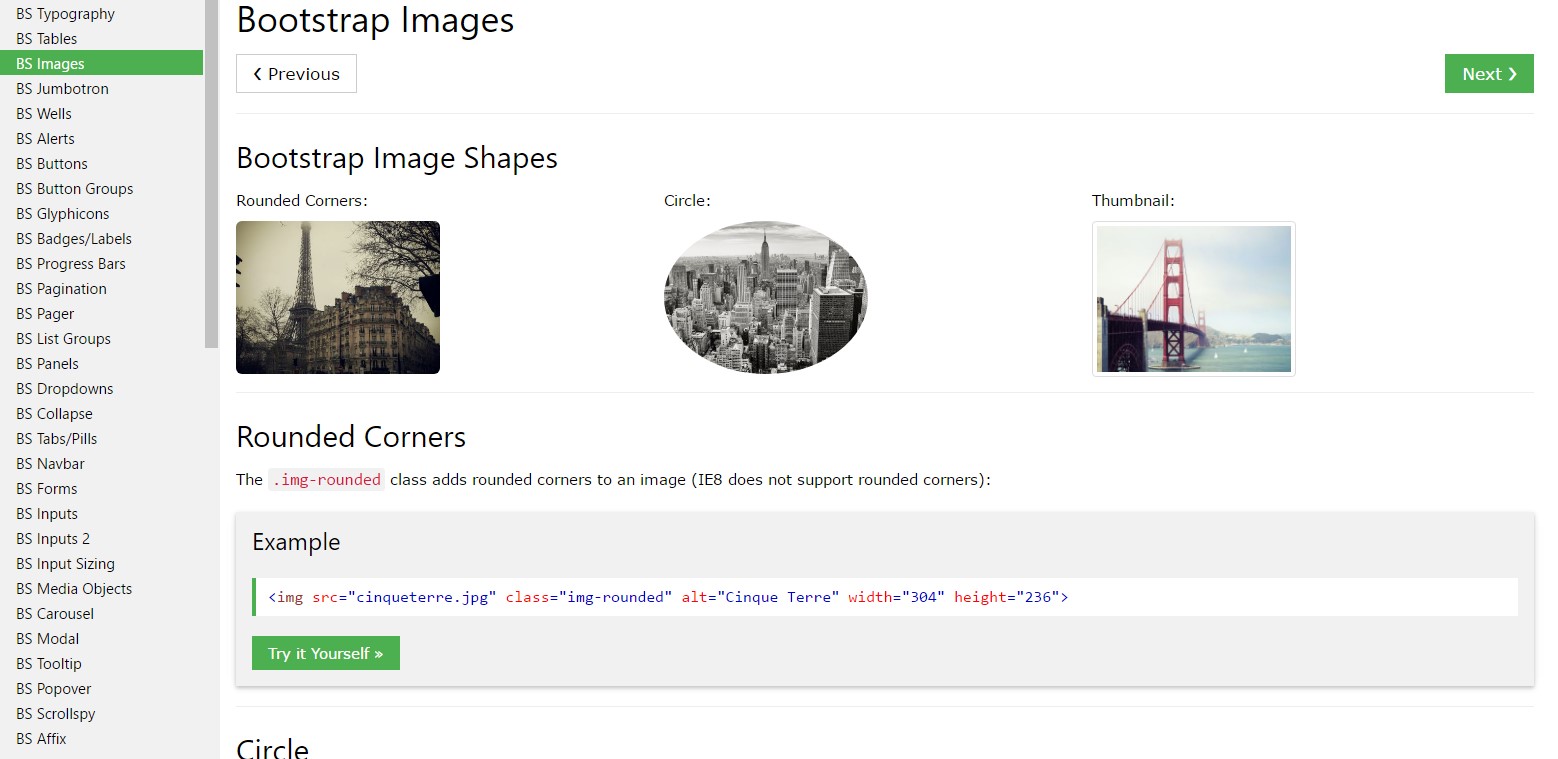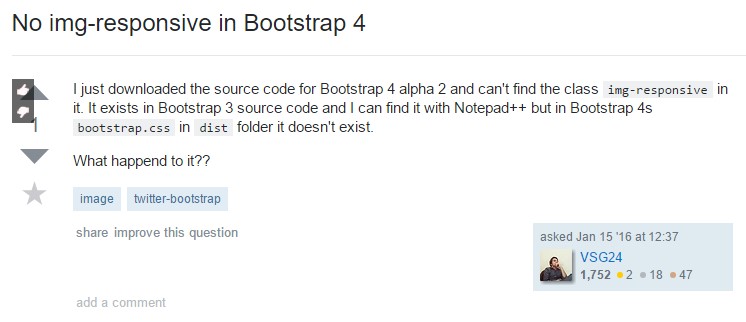Bootstrap Image Template
Introduction
Select your pics in to responsive attitude ( so that they certainly never end up being bigger than their parent features) and provide lightweight designs to them-- all by means of classes.
No matter exactly how efficient is the text display in our webpages no question we are in need of some as effective images to back it up helping make the content actually shine. And given that we are really in the mobile phones era we in addition need to have those pics operating correctly to showcase best with any screen size since no one enjoys pinching and panning around to be capable to certainly see what a Bootstrap Image Example stands up to show.
The guys responsible for the Bootstrap framework are beautifully aware of that and out of its beginning the absolute most popular responsive framework has been supplying very easy and strong tools for ideal look and also responsive activity of our image features. Listed here is exactly how it work out in the latest edition. ( read more)
Differences and changes
Different from its antecedent Bootstrap 3 the fourth version applies the class
.img-fluid.img-responsive.img-fluid<div class="img"><img></div>You can additionally take advantage of the predefined designing classes establishing a certain illustration oval by having the
.img-cicrle.img-thumbnail.img-roundedResponsive images
Pictures in Bootstrap are actually generated responsive by using
.img-fluidmax-width: 100%;height: auto;<div class="img"><img src="..." class="img-fluid" alt="Responsive image"></div>SVG images and IE 9-10
Within Internet Explorer 9-10, SVG illustrations with
.img-fluidwidth: 100% \ 9Image thumbnails
In addition to our border-radius utilities , you can easily work with
.img-thumbnail
<div class="img"><img src="..." alt="..." class="img-thumbnail"></div>Aligning Bootstrap Image Example
If it goes to arrangement you can utilize a handful of really powerful methods like the responsive float helpers, content position utilities and the
.m-x. autoThe responsive float devices could be utilized to position an responsive image floating left or right and also transform this position according to the proportions of the present viewport.
This classes have made a few changes-- from
.pull-left.pull-right.pull- ~ screen size ~ - left.pull- ~ screen size ~ - right.float-left.float-right.float-xs-left.float-xs-right-xs-.float- ~ screen sizes md and up ~ - lext/ rightCentering the pictures within Bootstrap 3 used to occur employing the
.center-block.m-x. auto.d-blockStraighten pictures by having the helper float classes or else text message alignment classes.
block.mx-auto
<div class="img"><img src="..." class="rounded float-left" alt="..."></div>
<div class="img"><img src="..." class="rounded float-right" alt="..."></div>
<div class="img"><img src="..." class="rounded mx-auto d-block" alt="..."></div>
<div class="text-center">
<div class="img"><img src="..." class="rounded" alt="..."></div>
</div>Also the content alignment utilities could be utilized applying the
.text- ~ screen size ~-left.text- ~ screen size ~ -right.text- ~ screen size ~ - center<div class="img"><img></div>-xs-.text-centerConclusions
Generally that's the way you have the ability to incorporate just a few easy classes to get from regular images a responsive ones together with the most recent build of the best famous framework for creating mobile friendly website page. Now everything that's left for you is getting the best ones.
Check some on-line video tutorials relating to Bootstrap Images:
Linked topics:
Bootstrap images approved documentation

W3schools:Bootstrap image training

Bootstrap Image issue - no responsive.

